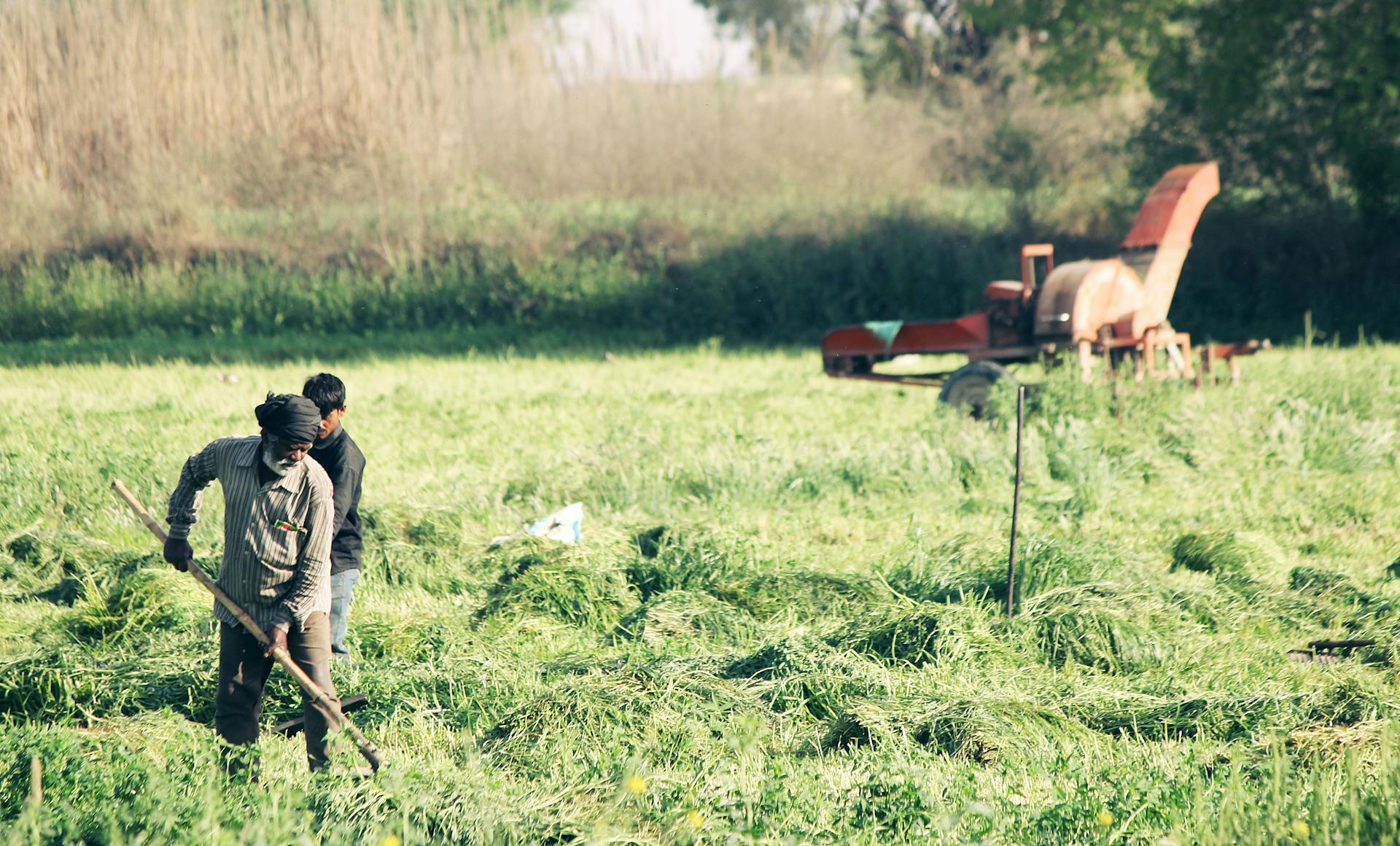As spring arrives in Monroe County, both farmers and gardeners are watching the weather closely. They can’t wait to start planting. The beginning of April is vital because soil temperatures are just a bit above 40 degrees Fahrenheit at the inch level on bare ground as reported by MSU Enviroweather station in Deerfield/Blissfield. Recent rain and cold have made people pause their planting plans, so tractors and planters haven’t started working yet. But there’s hope on the horizon. The National Weather Service Climate Prediction Center has predicted it will get warmer from April 10-16 with a high chance of hotter than usual temperatures and more rain could fall. This prediction is getting everyone ready to begin planting.
This year, the monthly survey by Purdue/Chicago Mercantile Exchange (CME) Group is positive about the future. But it also pointed out a drop in how farmers are doing right now. They’ve noticed their finances took a hit over the last year.
Going through the Planting Season
In Monroe County, farmers are getting ready to plant crops like corn and soybeans as soon as they can. Right now, planting is the main thing, even though giving plants extra micronutrients is also really important but not top priority. Crops need 17 key elements to grow. nitrogen, phosphorus, and potassium are the main ones, but there’s also eight other tiny nutrients they need, boron, chlorine copper iron manganese molybdenum zinc and nickel Research mentioned in the Ohio State C.O.R.N newsletter said that micronutrient fertilization doesn’t always get enough attention even though it’s critical for healthy plants.
Using a lot of fertilizer can boost how much crops you get, but if the soil is sandy, acidic, or full of peat, you might not see a big difference. This makes it clear how important it is to use fertilizer in a smart way. You should check on your crops and test the plants to figure out what nutrients they need.
The Global Context of Monroe County’s Agriculture
Monroe County’s farming means more than just what happens on the local land it’s part of how food and supplies move around the world. Even though shipping on the Great Lakes and Lake Erie isn’t as big as at ocean ports, carrying stuff like soybeans and corn to other countries is super important for this area’s farm economy. Sure, we’ve got some problems like an old canal that stops ships from carrying as much as they could at places like Toledo and Monroe. But even with these issues, we still send lots of farm goods over to Europe, Asia, and North Africa keeps showing us how local farming is tied to worldwide markets.
Farm Care in Monroe County, Following the “Rule of Thirds”
As spring rolls in, folks start thinking about manicuring their farms and the lawns, especially when it’s time to mow. It’s vital to stick by the “rule of thirds,” cutting no more than a third off the grass blade at once. This keeps your lawn healthy and tough, looking lush and green while avoiding unnecessary harm. Cutting too much can mean trouble, like a weak photosynthesis process and being more likely to attract pests or get sick.
If you’ve got a yard sporting tall grass, don’t worry you can lower its height bit by bit without stressing out your lawn. Begin with your mower on its tallest setting then bring it down over time. After you cut, think about throwing some fertilizer or micronutrients on there to help it out.
The Bigger Picture, Farms and Lawn Health and Environmental Sustainability
When we talk about taking care of farms in Monroe County, it’s also about protecting the environment and using resources wisely. By cutting only a third of the grass blade length and leaving the clippings on the ground, residents help nature do its thing. This returns nutrients to the soil and is good for plants and animals alike. These methods are part of keeping our community’s landscape looking great now and for years to come.
In Monroe County, as folks deal with farm work and lawn maintenance, using science-based methods like cutting just a third of the grass height isn’t just about greener lawns its part of a bigger picture. It makes local green spaces healthier which also helps us meet worldwide goals to take care of our planet.











+ There are no comments
Add yours